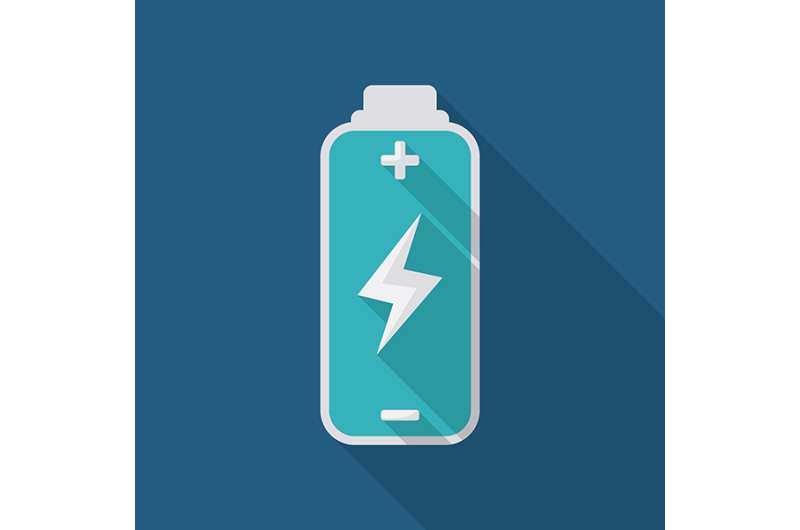Advancing lithium-air batteries with development of novel catalyst

Lithium-air batteries are viewed by many as a potential next-generation technology in energy storage. With the highest theoretical energy density of all battery devices, Li-air could revolutionize everything from electric vehicles to large-scale grid storage. However, the relatively young technology has a few barriers to overcome before it can be applied. A new study published in the Journal of The Electrochemical Society (JES) is taking a fundamental step forward in advancing Li-air through the development of mixed metal catalyst that could lead to more efficient electrode reactions in the battery.
The paper, entitled "In Situ Formed Layered-Layered Metal Oxide as Bifunctional Catalyst for Li-Air Batteries," details a cathode catalyst composed of three transition metals (manganese, nickel, and cobalt), which can create the right oxidation state during the battery cycling to enable both the catalysis of the charge and the discharge reaction.
Future opportunities
According to K.M. Abraham, co-author of the paper, the manganese allows for the catalysis of the oxygen reduction reaction while the cobalt catalyzes the charge reaction of the battery.
"This offers opportunities for future research to develop similar materials to optimize the catalysis of the Li-air battery using one material that will combine the functions of these mixed metal oxides," Abraham says.
Because transition metal oxides are also developed as cathodes for Li-ion batteries, Abraham believes this new development could open up possibilities in future applications, where the two rechargeable batteries could be used in a sustainable way.
"Since these catalyst materials are also being developed for Li-ion battery cathodes, it might be a way to use the electrodes from spent Li-ion batteries for another use: the use as a catalyst in Li-air batteries," Abraham says.
Li-ion vs. Li-air
Li-air technology has become a highly researched area due to the technical limits of the maturing Li-ion battery. In order to achieve high-energy dense applications, such as electric vehicles that can exceed 300 miles on a single charge, efforts have been placed in potential breakthrough technologies such as Li-air.
Abraham, who published the first work on non-aqueous Li-air batteries in 1996 in an article in JES entitled, "A Polymer Electrolyte-Based Rechargeable Lithium/Oxygen Battery," has witnessed this field transform tremendously over the past 10 years.
Transforming technology
"Li-air is now highly researched, but there are still barriers that we have to overcome before it can go into full-fledged practical use," Abraham says. "I think there will be some limited use in the near future in specialty applications, but it will be a while before it becomes a fully used technology."
However, developments at the fundamental level help advance the technology – driving it toward the ultimate goal of wide-spread application.
"Lithium-ion has matured and now we need a significantly higher energy density battery," Abraham says. "This is another step toward the potential of Li-air."
More information: Mehmet Nurullah Ates et al. In Situ Formed Layered-Layered Metal Oxide as Bifunctional Catalyst for Li-Air Batteries, Journal of The Electrochemical Society (2016). DOI: 10.1149/2.0111613jes
Provided by The Electrochemical Society




















